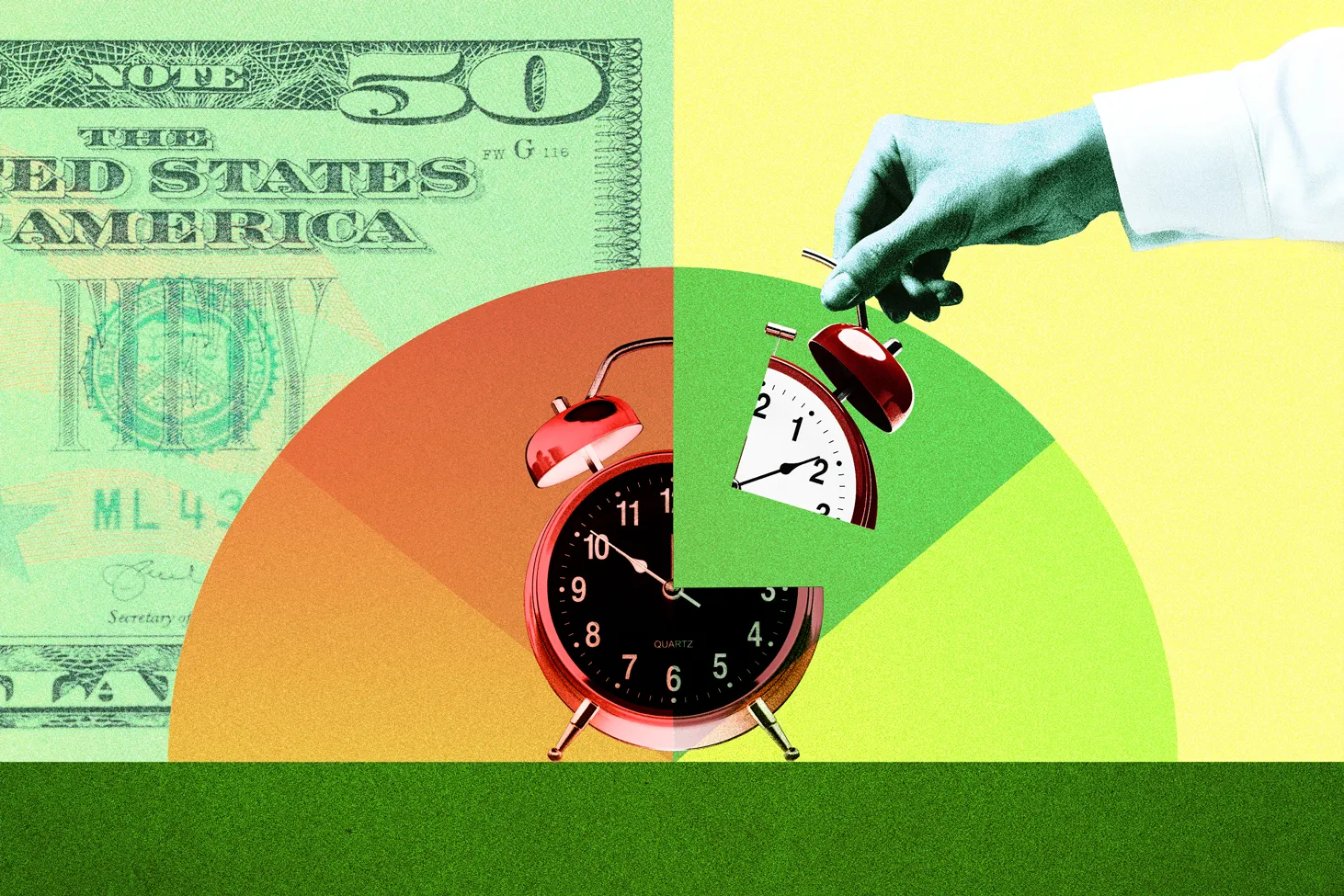Why a $100,000 Salary No Longer Guarantees a Middle-Class Lifestyle

In many parts of the United States, earning a $100,000 salary once comfortably placed you in the middle class, with financial stability and the ability to afford a reasonably comfortable lifestyle. However, recent economic trends have shifted this reality, making it increasingly difficult for those earning six figures to maintain a middle-class lifestyle. Here’s a closer look at why $100,000 doesn’t go as far as it used to.
Rising Cost of Living
The primary factor eroding the purchasing power of a $100,000 income is the rising cost of living, particularly in major urban centers. Housing costs have skyrocketed in many cities, with rents and home prices climbing significantly faster than the average income. For instance, in cities like San Francisco, New York, and Boston, a substantial portion of income goes towards housing, leaving less for other expenses.
Healthcare and Education Costs
Other significant expenses that have seen above-inflation increases include healthcare and education. Health insurance premiums and out-of-pocket costs continue to rise, consuming a larger chunk of the budget. Similarly, the cost of education, from private schooling to college tuition, has increased dramatically, impacting savings and discretionary spending.
Lifestyle Inflation
As standards of living evolve, what was once considered luxury becomes necessity. The modern middle-class lifestyle now often includes multiple digital devices, streaming services, fitness memberships, and other services that add to monthly expenses. While not essential, these are now ingrained in many people’s lives, further stretching the budget.
Increased Debt and Financial Commitments
Many households also face increased debt loads, including student loans, auto loans, and credit card debt. The burden of these debts can significantly affect financial flexibility, even for those with seemingly robust salaries.
Economic Volatility and Uncertainty
Recent economic volatility has added an element of uncertainty regarding job security and investment returns. This uncertainty can necessitate greater savings for emergencies and retirement, which limits current spending power and affects lifestyle choices.
Tax Burdens
While not the largest factor, taxes also take a significant bite out of $100,000 salaries, particularly in high-tax states. What remains can be less than expected when considering both federal and state tax liabilities.
What Can Be Done?
For those earning around $100,000 and feeling the pinch, financial planning becomes crucial. Budgeting wisely, saving for emergencies, investing smartly, and perhaps most importantly, setting realistic expectations for what your income can achieve, are key steps to regaining financial comfort.
Navigating the New Normal
Understanding that a $100,000 salary does not stretch as far as it once did is essential for planning and adjusting one’s lifestyle accordingly. By recognizing the factors at play and adjusting expectations and spending habits, it’s still possible to live a fulfilling, though perhaps more modest, lifestyle.





